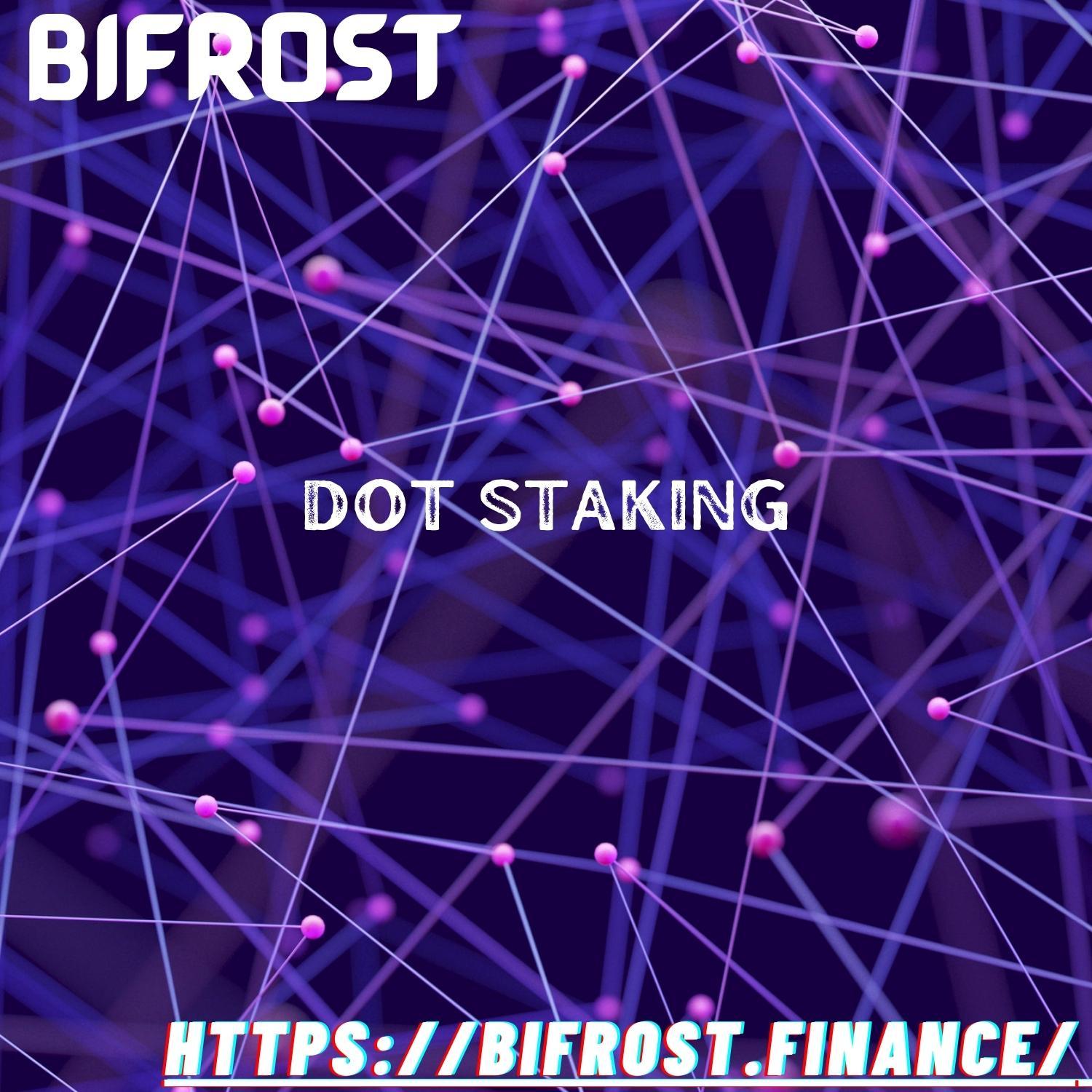Polkadot DOT staking is a critical component of the Polkadot blockchain, serving to secure the network, validate transactions, and participate in the network's governance. Polkadot is a versatile, multi-chain network designed to connect different blockchains, enabling interoperability and scalability. Staking DOT involves locking up your tokens to perform several key functions within the Polkadot ecosystem.
First and foremost, DOT staking plays a crucial role in network security. Validators, entities or individuals, are responsible for confirming transactions and producing new blocks in the Polkadot network. The more DOT you stake, the higher the chance of being selected as a validator, as it indicates your commitment to the network's success. Validators are rewarded for their services and can earn additional DOT by staking their own tokens.
Secondly, staking provides voting power in the Polkadot governance system. Polkadot's on-chain governance allows token holders to propose and vote on network upgrades, changes, and parameter adjustments. Staking DOT gives you a say in these decisions, making you an active participant in the evolution of the network.
It's important to note that while DOT staking can be lucrative, it carries risks, including the potential for slashing penalties if validators act maliciously or negligently.
To stake DOT, you'll need a Polkadot wallet and select a validator to delegate your tokens to. Your choice of validator can impact your staking rewards and the security of the network.
In summary, DOT staking is a way to actively engage with the Polkadot network, supporting its security, governance, and potentially earning rewards, while being part of a decentralized and interconnected blockchain ecosystem
For more information visit bifrost.


